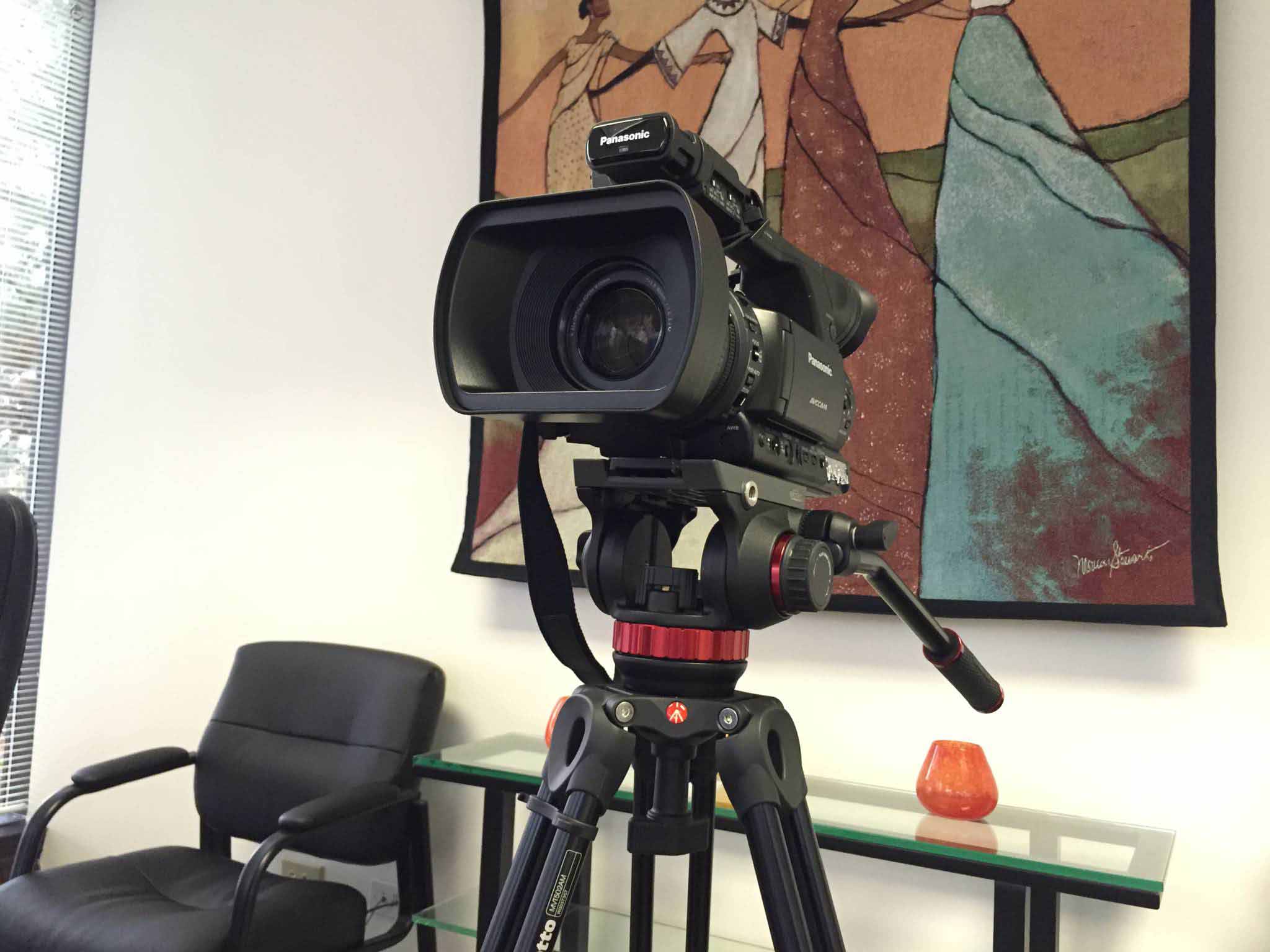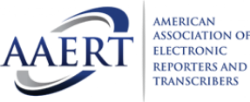Legal Videography: Enhancing Communication Between Lawyers and Clients
Legal Videography: Enhancing Communication Between Lawyers and Clients
Blog Article
Why Legal Videography Is Essential for Accurate Court Recordings
The role of legal videography in court room settings can not be overstated, as it serves as an essential tool for maintaining the integrity of court records. The effects of incorporating legal videography into typical courtroom practices increase vital questions regarding its wider influence on the legal system.
Significance of Visual Evidence
In the world of legal process, the value of aesthetic evidence can not be overstated. Visual evidence offers as an effective tool in developing realities, substantiating statements, and improving the total quality of an instance. This kind of evidence, that includes photos, videos, and representations, can supply a substantial context that spoken summaries often lack, thereby providing courts and judges a clearer understanding of the scenarios surrounding an instance.
Moreover, visual evidence help in the retention of details. Human cognition is naturally aesthetic, and individuals are most likely to keep in mind and comprehend information presented in a visual format. In the courtroom, this can be essential, as compelling aesthetic evidence can sway opinions and enhance the story presented by legal reps.
In addition, the usage of visual evidence can minimize misconceptions and obscurities that commonly develop from verbal exchanges. By offering a direct depiction of events, visual proof assists to eliminate subjective analyses and promotes an extra objective assessment of the truths. As a result, the assimilation of visual proof into legal procedures not just reinforces the stability of the judicial process yet likewise enhances the likelihood of accomplishing a simply result.
Catching Non-Verbal Cues
Using advanced videography methods can significantly improve the capture of non-verbal cues during lawful proceedings. Non-verbal interaction, consisting of faces, body movement, and eye contact, plays a crucial function in sharing emotions and intents that might not be explicitly specified in spoken testament. legal videography. Lawful videography uses high-definition cams and strategic angles to guarantee that these refined signs are tape-recorded with clearness and accuracy
The capacity to examine non-verbal habits can give useful context to statements made during court sessions. A witness's hesitation or self-confidence can be analyzed through their position or gestures, potentially influencing the court's understanding of reputation. Moreover, using close-up shots can help focus on a speaker's expressions, enabling for a much more nuanced understanding of the statement.
Moreover, integrating several cam angles can produce a detailed sight of interactions, highlighting dynamics between parties entailed. This complex method not just boosts the precision of the court document however likewise aids in preserving the honesty of the judicial process - legal videography. Ultimately, capturing non-verbal signs via legal videography fosters a richer, more complete depiction of court procedures

Enhancing Testament Dependability
The reliability of testament can be substantially bolstered with using high-grade legal videography. Video recordings function as an objective tool that captures not only the talked words of witnesses but additionally the nuances of their shipment, consisting of tone, pacing, and emotional expressiveness. This complex paperwork gives a clearer understanding of the witness's reputation and objectives, which can be crucial in legal procedures.
In addition, legal videography lessens the possibility for false impressions that might arise from composed records alone. When jurors can observe a witness's demeanor and body language combined with their testimony, they are better furnished to analyze the Click Here authenticity and integrity of the evidence presented. This visual context can strengthen the testimonial story, making it more compelling and legitimate.
In addition, the presence of a video recording can discourage prospective incongruities in testament. Witnesses may be more cautious in their statements when they understand they are being taped, bring about even more accurate and sincere accounts. On the whole, high-quality legal videography enhances the integrity of testimony, ensuring that the court has access to a complete and truthful representation of the truths as shared by the witnesses.
Sustaining Appeals and Reviews
Lawful videography plays a critical duty in sustaining charms and evaluations by supplying a detailed visual record of courtroom proceedings. This visual paperwork records not only the Go Here spoken words of witnesses and lawyers yet likewise the nuances of body language, intonation, and court dynamics. Such elements can be pivotal in recognizing the context of testaments and disagreements presented.
In the appellate process, where the emphasis is on errors of regulation and step-by-step justness, a video clip record can function as an essential device for appellate courts. It enables courts to examine the original test context, making certain that decisions are based on a full understanding of the procedures. The ability to aesthetically evaluate the disposition of witnesses or the communications in between parties can reveal understandings that composed transcripts might neglect.

Furthermore, lawful videography can help in making clear uncertainties in testaments or step-by-step rulings, therefore strengthening the basis for an allure. By providing a trusted, objective account of what taken place in court, legal videography not only sustains the integrity of the legal process however additionally empowers all celebrations entailed to make enlightened decisions regarding their instances.
Enhancing Court Room Procedures
Enhancing court room efficiency, legal videography enhances procedures by giving his explanation prompt accessibility to aesthetic records of procedures. This innovation permits courts, lawyers, and courts to take another look at critical testimony and evidence, guaranteeing that all celebrations have a clear understanding of the situation. By catching the subtleties of verbal and non-verbal communication, videography enhances the record, making it simpler to comprehend the context and weight of statements.

Furthermore, video clip recordings can assist in remote participation in hearings, enabling greater adaptability in scheduling and participation, which is especially valuable in intricate cases entailing multiple stakeholders.
Verdict
To conclude, lawful videography plays an important duty in ensuring exact court recordings by providing important aesthetic evidence that records both spoken and non-verbal communication. This method boosts the reliability of statements, sustains appellate evaluations, and enhances court room procedures. By promoting a thorough understanding of court characteristics, lawful videography eventually adds to more equitable judicial results, enhancing the integrity of the legal system and promoting informed decision-making.
Report this page